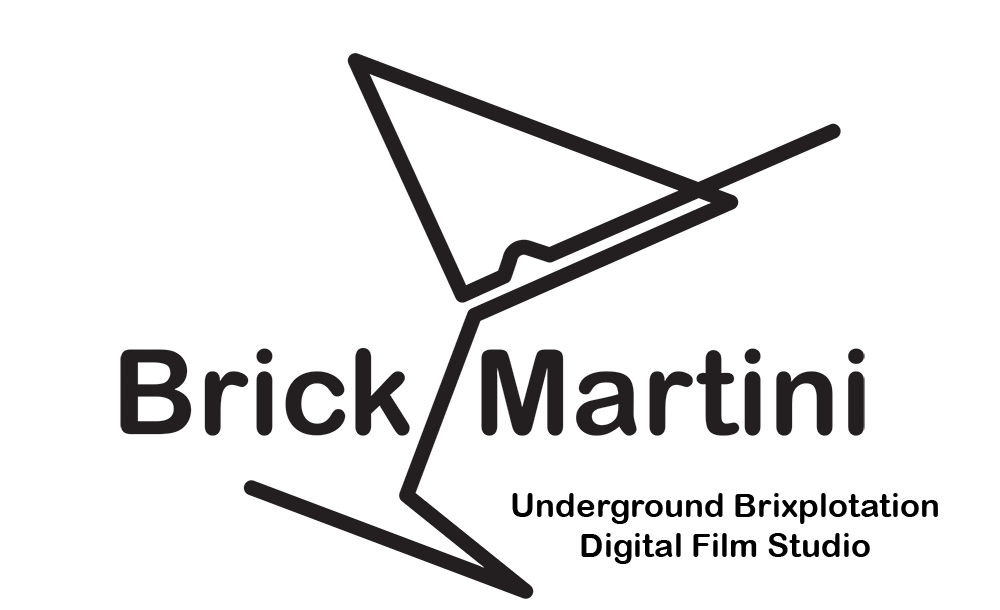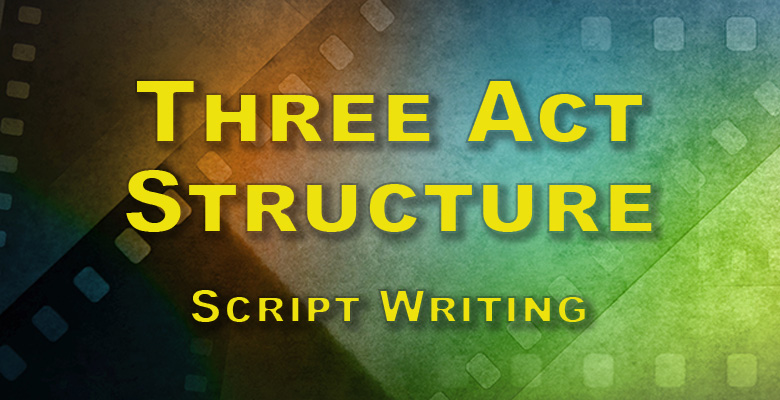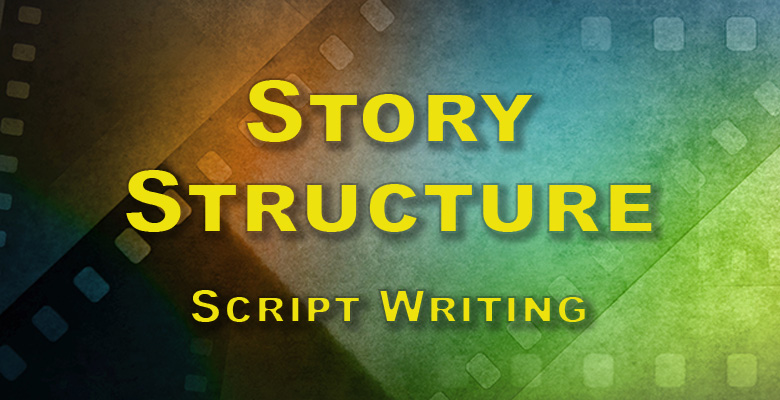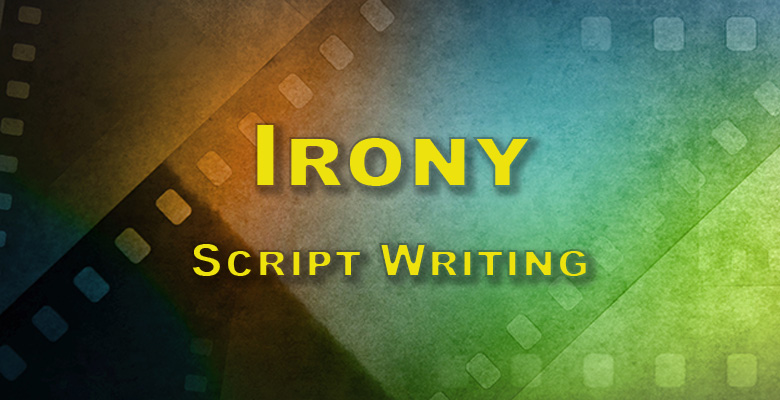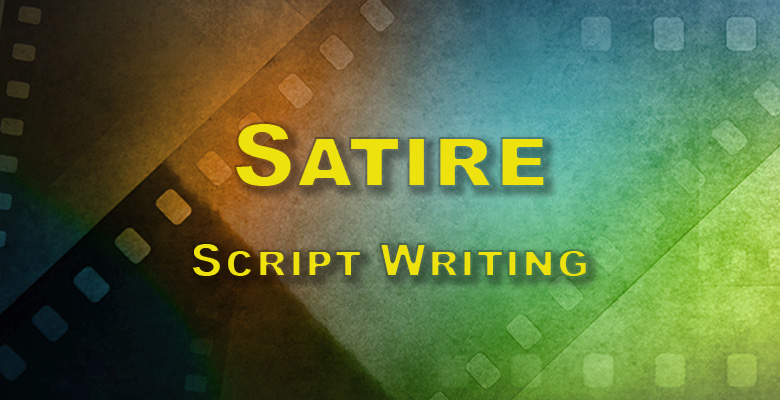A character arc is a fundamental element of storytelling, representing the transformation or inner journey of a character over the course of a narrative. It’s the evolution of a character’s traits, motivations, or beliefs as they confront challenges and conflicts. Here’s a deeper dive into character arcs:
Types of Character Arcs:
- Positive/Growth Arc: This is the most common type of character arc, where the protagonist overcomes internal or external obstacles and undergoes a positive transformation. This arc often involves the character growing, learning, or becoming a better person in some way.
- Negative/Tragic Arc: In this arc, the character spirals downward. This could be due to their flaws, mistakes, or external factors. By the end, they may be worse off than when the story began, and they might not achieve their goals.
- Flat/Static Arc: Not all characters undergo significant change. In a static arc, the character remains largely the same throughout the story. They still face challenges, but these don’t fundamentally alter their beliefs or personality. Often, these characters already possess a clear understanding of themselves and the world, and they might influence change in others around them.
- Transformational Arc: This involves a radical shift in the character’s beliefs or personality. It’s more than just growth; it’s a complete reinvention of the character.
Components of a Character Arc:
- Setup/Status Quo: Introduce the character in their ordinary world, showcasing their current beliefs, flaws, desires, and circumstances.
- Inciting Incident: An event that disrupts the character’s status quo and sets them on their journey.
- Rising Action/Challenges: As the character pursues their goal, they face a series of obstacles that challenge their beliefs and force them to adapt or grow.
- Crisis/Climax: The pinnacle of the character’s challenges where they must confront their deepest fears, flaws, or enemies. This is often the turning point for their transformation.
- Resolution: The aftermath of the climax, showing the character’s new status quo, reflecting the changes they’ve undergone.
Considerations for Crafting a Character Arc:
- Internal vs. External Change: While external events drive the plot, the character arc often focuses on internal change. It’s about how events affect the character’s beliefs, decisions, and growth.
- Motivations: Understand what drives your character. Their motivations will inform how they react to challenges and how they change.
- Flaws and Strengths: A character’s flaws can be the obstacles they need to overcome, while their strengths can be the tools they use to overcome them.
- Pacing: Ensure the character’s evolution is paced appropriately. Too fast, and it feels rushed; too slow, and it might not resonate.
- Consistency: While characters evolve, ensure they remain consistent or that changes are justified. Readers should believe the character’s transformation.
- Supporting Characters: Other characters can act as catalysts, mentors, or reflections for the protagonist’s journey, aiding or opposing their transformation.
A character arc adds depth to a story, making it more engaging and relatable. It’s the emotional journey that resonates with readers or viewers, making stories memorable and characters iconic.

